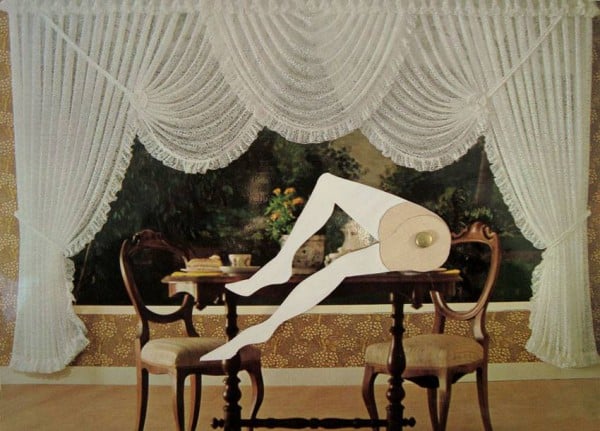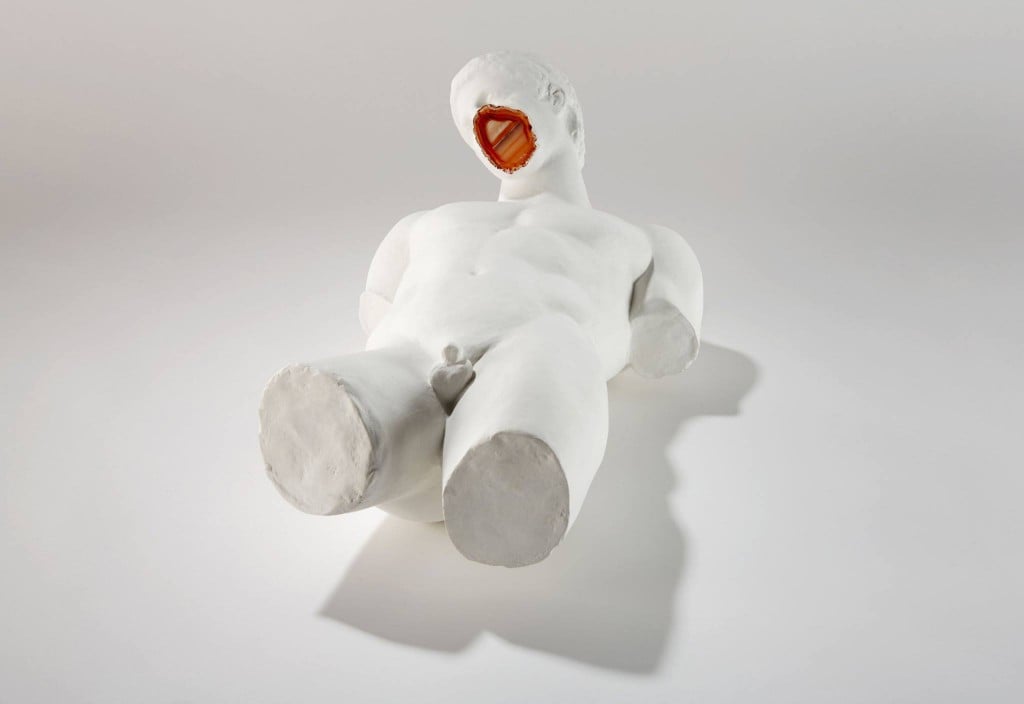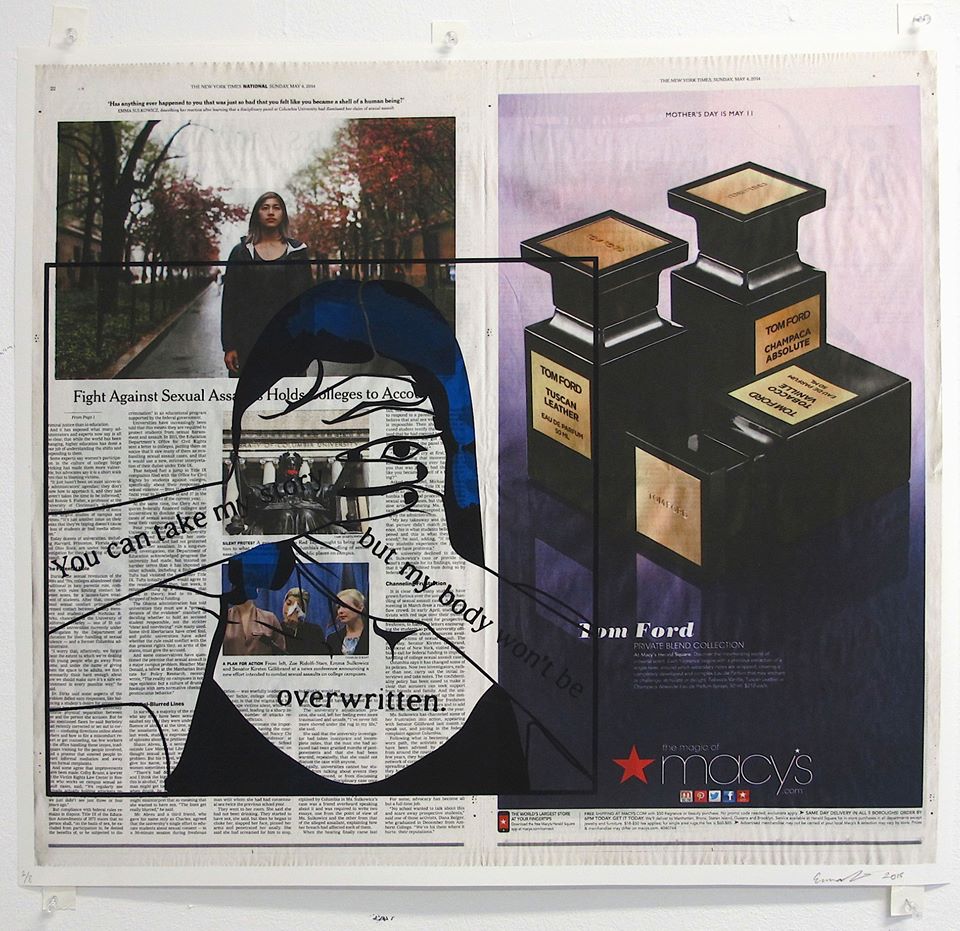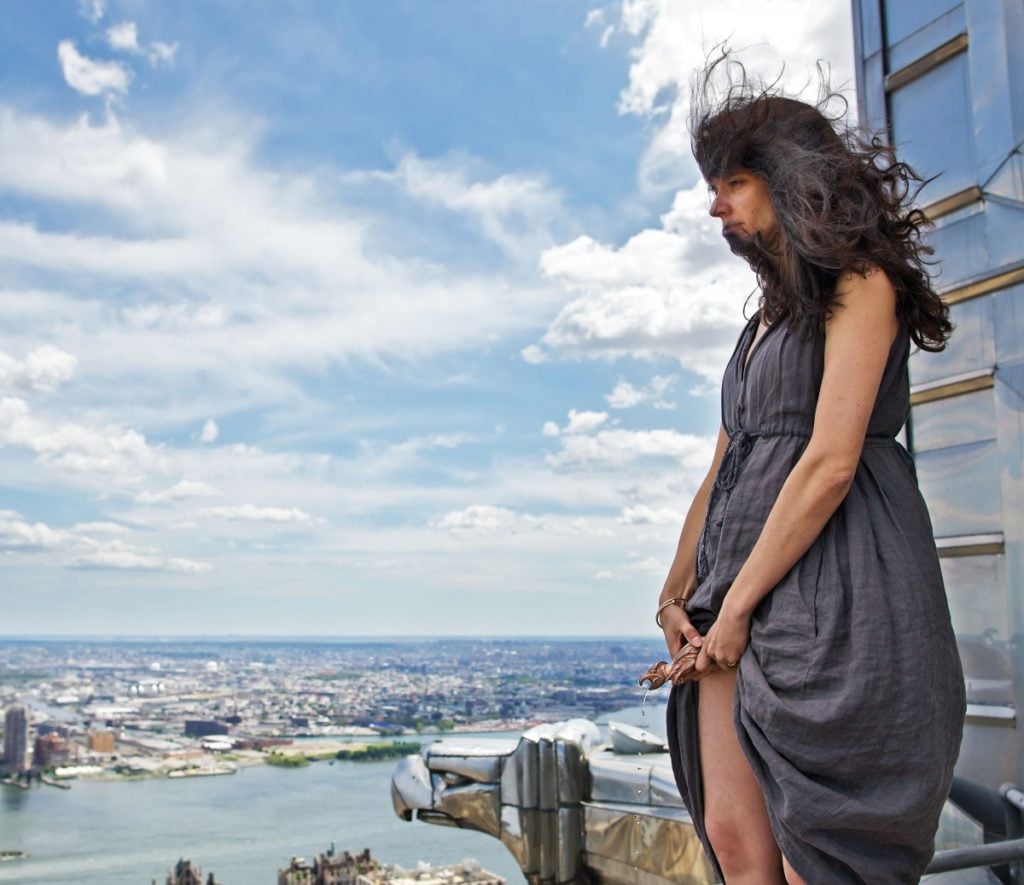Art World
Emma Sulkowicz to Show Drawings in New Feminist Exhibition
Janine Antoni is also in the show whose theme is "seven deadly sins."

Janine Antoni is also in the show whose theme is "seven deadly sins."

Cait Munro

The seven deadly sins will come to life as feminist artworks beginning on August 6 with “7 women, 7 sins,” a group show at Brooklyn’s Kunstraum LLC. The show will feature work by Emma Sulkowicz (wrath), Janine Antoni (envy), Yvonne Roeb (pride), Sylvie Macias Diaz (sloth), Raquel Schwartz (gluttony), Kathryn Garcia (lust), and Genevieve White (greed).
Billed on its Facebook page as “an exhibition about women and their sins,” the show seeks to “[enhance] these ‘intellectual’ sinners as prophets of a future in which so-called provocative behavior is admissible for all saints.”
“”7 women 7 sins” is a title I was carrying around with me for three years. It penetrates the Zeitgeist of our times,” curator Nadja Marcin told artnet News over email. “In the medieval times, women were burned alive for publicly assigned sins, why now shouldn’t we have a more joyful custom around it?”
In addition to seminal feminist artist Janine Antoni, one name on the roster that you will likely recognize is Emma Sulkowicz. The recent Columbia grad rose to prominence last year for Mattress Performance (Carry That Weight), in which she vowed to carry a twin mattress wherever she went on campus until her alleged rapist was expelled from school.
Sulkowicz released her first post-grad project, the controversial and challenging video Ceci N’est Pas Un Viol, earlier this summer, but this upcoming show is one of her first gallery exhibitions. Sulkowicz was not immediately available for comment.
Best known for her performance piece that she staged while a student, and her subsequent video (in which she also performed), her works on paper for “7 women” are a departure in form from those earlier works, though not necessarily in subject matter.

Yvonne Roeb, Assimilation (2014). Photo: via Facebook/Courtesy of the artist and Galerie Wilma Tolksdorf, Berlin.
In the tradition of The New York Times Feminist Reading Group, Sulkowicz has co-opted several New York Times pages, one of which features her own photograph above the headline “Fight Against Sexual Assaults Holds Colleges to Account,” with drawings that call the content into question. Silk screened over the page of a Times article that tells the story of her campus performance is a self-portrait in which her face is covered by her hands, save for one eyeball peeking out. Text on her arms reads, “you can take my story, but my body won’t be overwritten.”
In a similar work, a drawing of a leering man holding his erect penis obscures an ad for Tiffany’s diamonds featuring a couple ice skating in Central Park. Sulkowicz’s text reads: “Fuck her. Believe this.”
“Emma’s contributions confront us with a clear message: ‘You lost humans. Don’t judge. Listen to your inner self. Stop walking like a blind bird towards the cat,'” said Marcin. “Now, consumption is at its highest peak; we are submissive. Emma makes her ‘rape’ purposely consumable and, therefore, attacks consumption at its most evil vein—the formation of inhumanity and our ill, irresponsible participation. She ‘rapes’ us and our judgment with a healthy dose of consciousness.”

Emma Sulkowicz. Photo: via Facebook.
In a June interview following the release of Ceci N’est Pas Un Viol, Sulkowicz told artnet News that the media frenzy surrounding her has been “terrifying,” but that it’s also become a source of inspiration. “I am definitely just responding in the way that I know how,” she said.
“What does it mean to be a woman in the 21st century?” asks the accompanying text for “7 women,” which was written by art historian Amy Chang. Certainly, this is a complicated question with many answers, most of which are probably not easy to stomach. But by aligning women’s artwork with the so-called “sins” they commit, we can begin to reclaim the language and overcome the judgments leveled against women since the Garden of Eden, the source of all human sin.

Janine Antoni, Conduit (2009). detail. Photo: © Janine Antoni; Courtesy of the artist and Luhring Augustine, New York